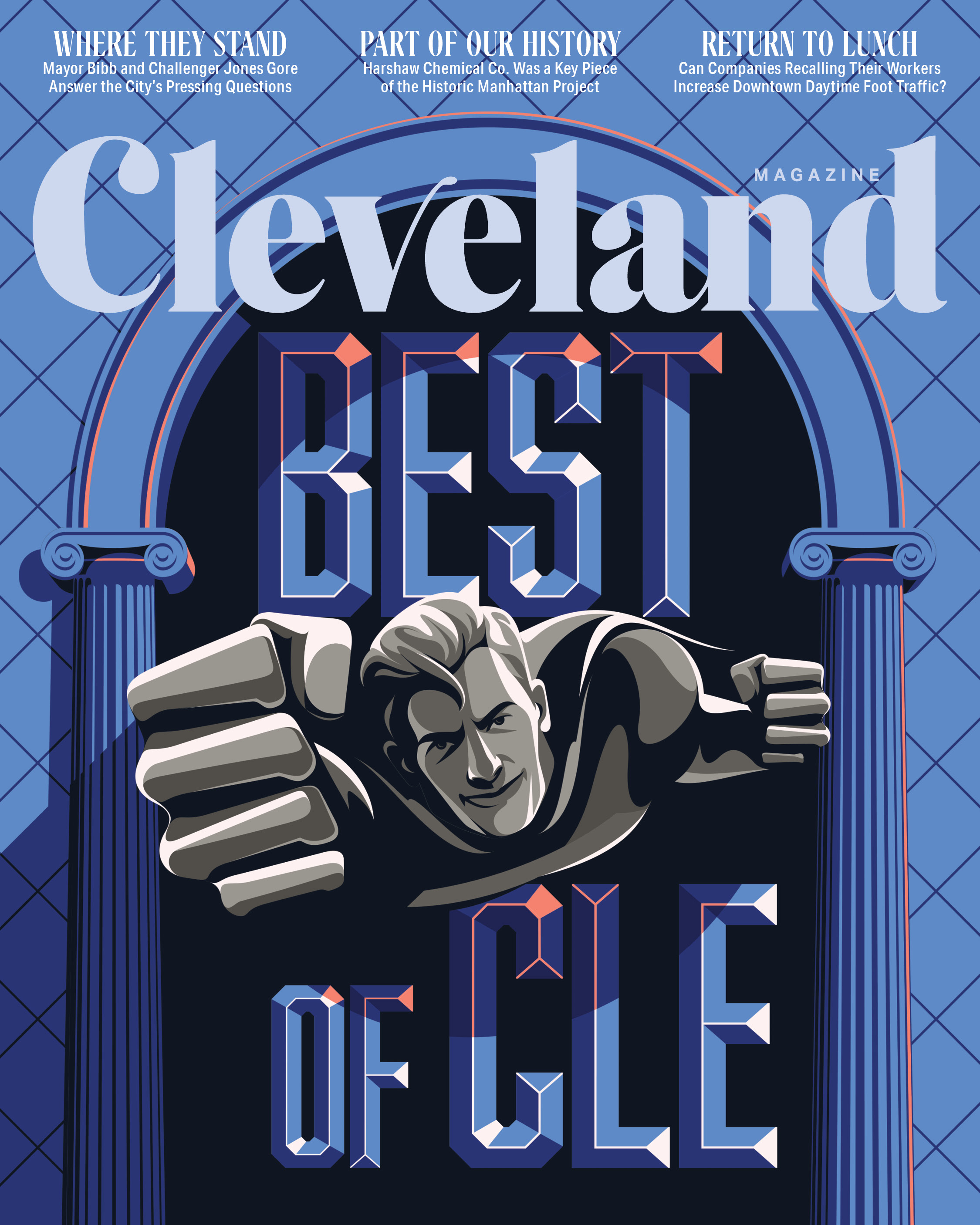2600 Church St.
Fast Fact: Runaway slaves used to wait in the bell tower and watch for the signal to board the boats for Canada, according to tour guide Toni Chandler.
McDonald’s
East 105th Street and St. Clair Avenue
Historical Significance: When a black Clevelander was unable to buy this McDonald’s, it led to a 1969 boycott that resulted in equal opportunities for franchise ownership.
Fast Fact: In 1995, there were more than 500 black millionaires because of the opportunity to own McDonald’s franchises, according to Chandler.
Jesse Owens Statue
Huntington Park, across from the Justice Center
Historical Significance: Created by William McVey in 1982, this statue commemorates Jesse Owens, who won four gold metals in the 1936 Berlin Olympics.
Fast Fact: Born in Alabama, James Cleveland Owens moved here at age 7. He became a track star at East Tech high school and later Ohio State University. “He was called J.C.,” Chandler says. “But a teacher mistook his southern drawl for ‘Jesse.’ ”
Woodland Cemetery
6901 Woodland Ave.
Historical Significance: Woodland Cemetery is the final resting place of John P. Green, the founder of Labor Day. “He thought we should have a day off originally in Ohio,” Chandler says. “But the idea caught on.”
Fast Fact: Green was the first black member of the Ohio Senate.
Trending
-
1
-
2
-
3
-
4
-
5










